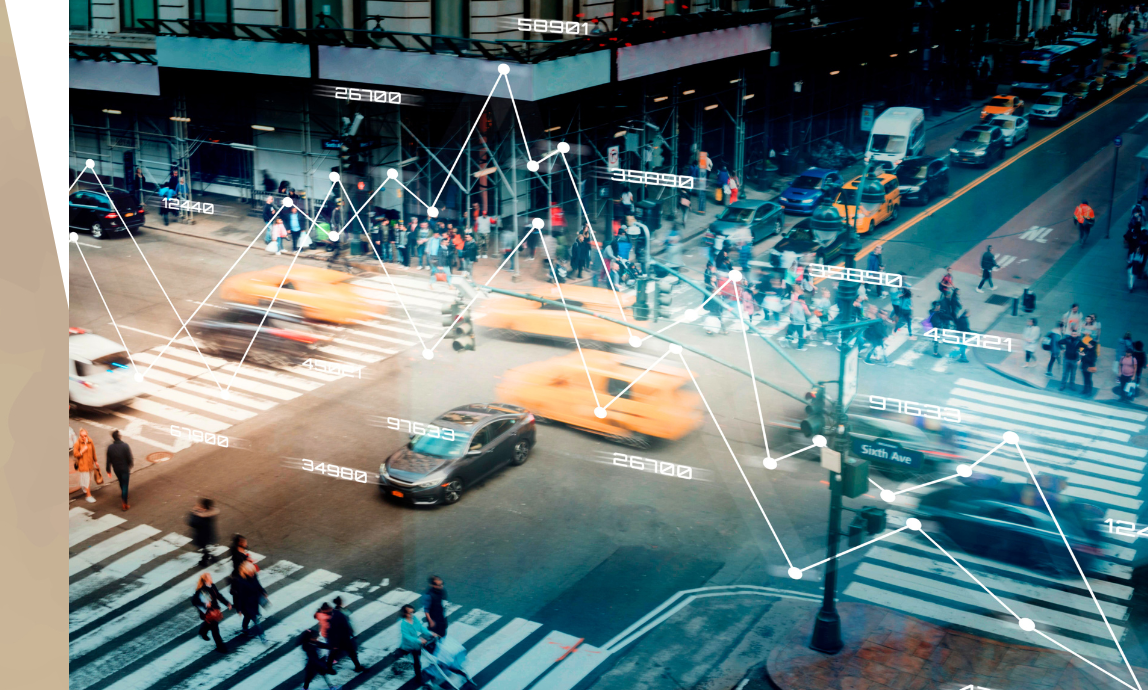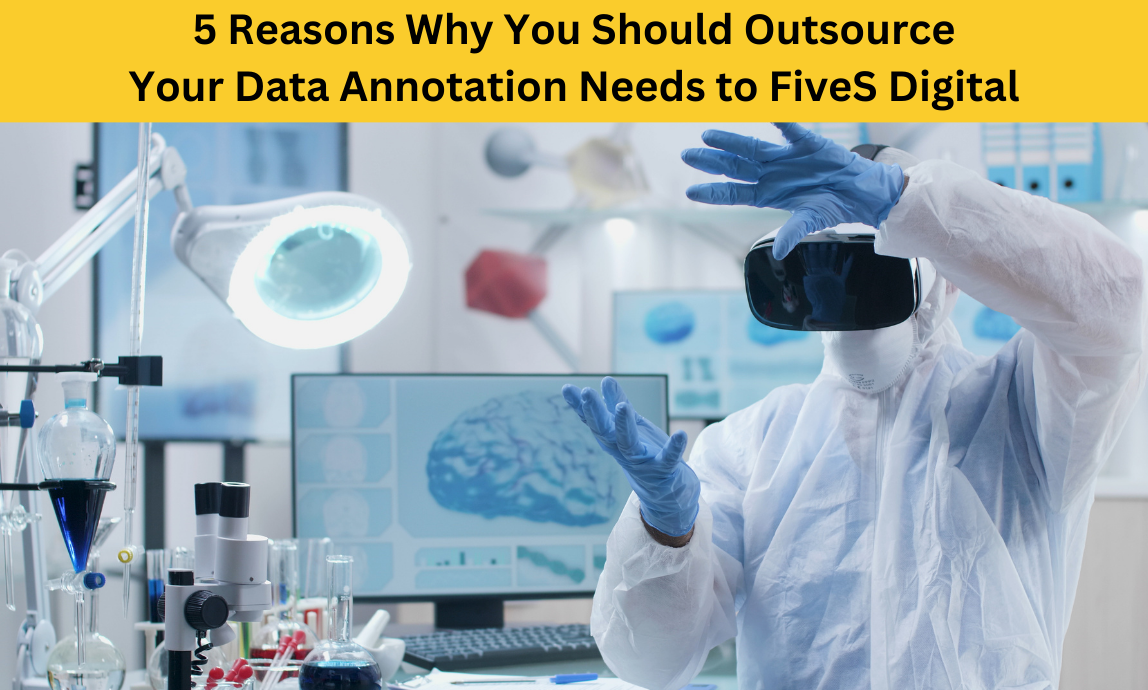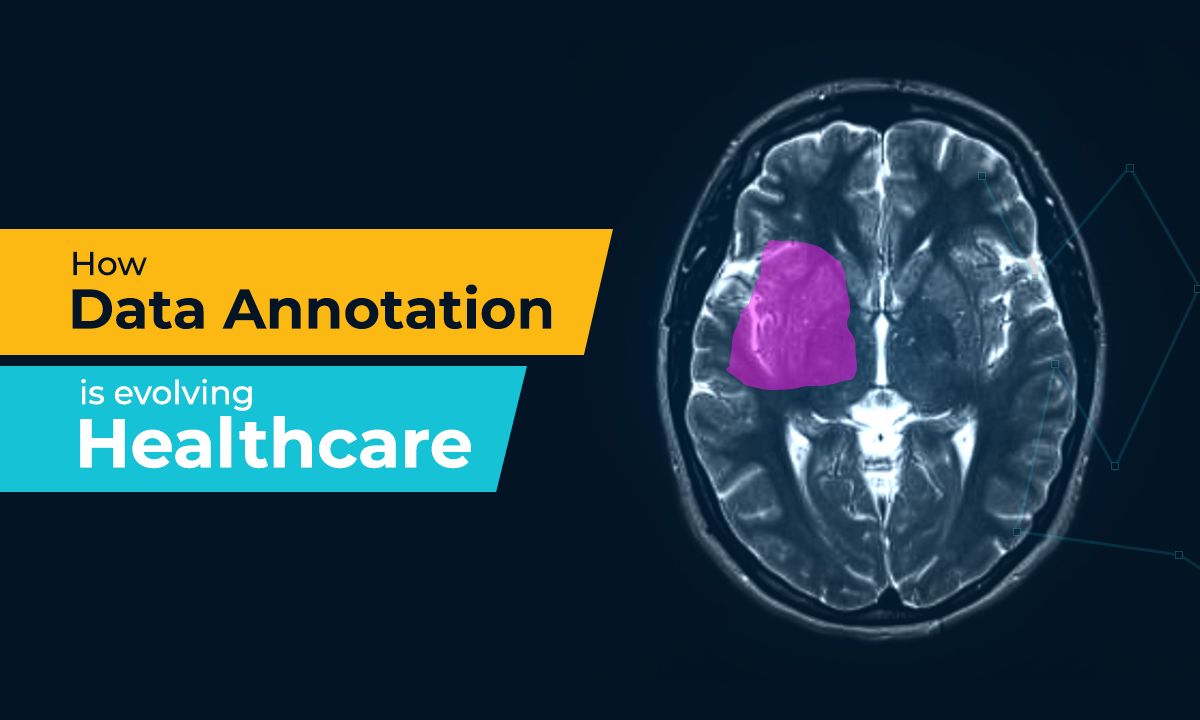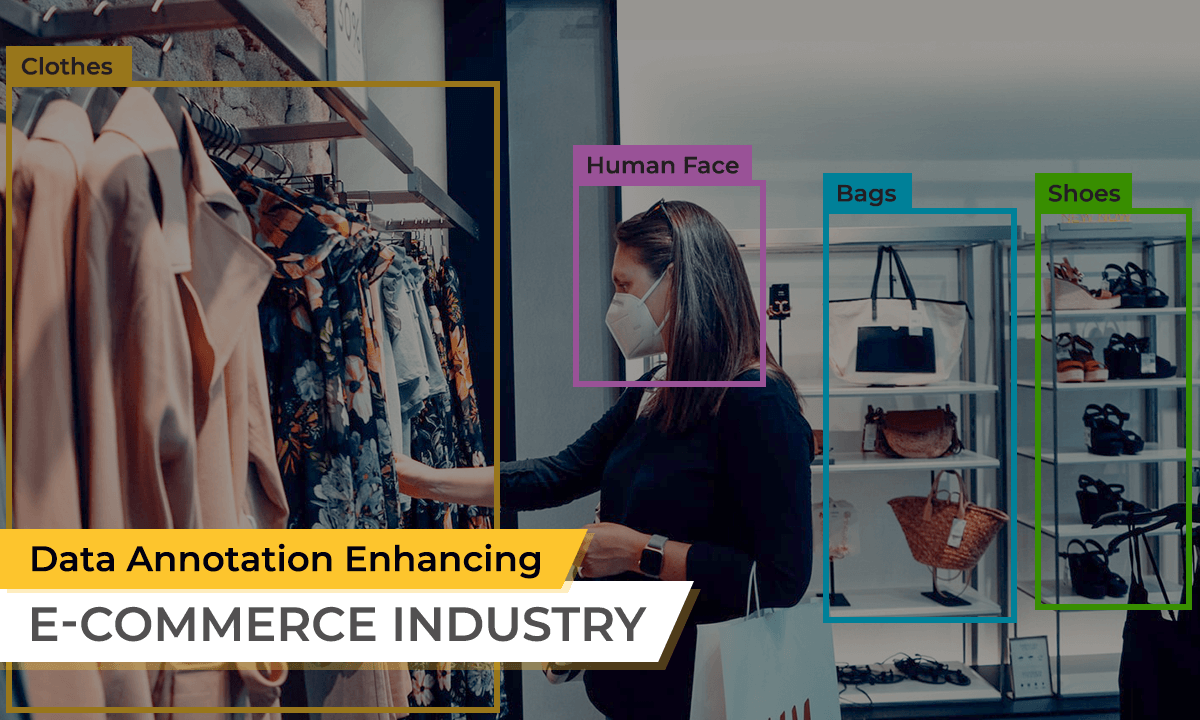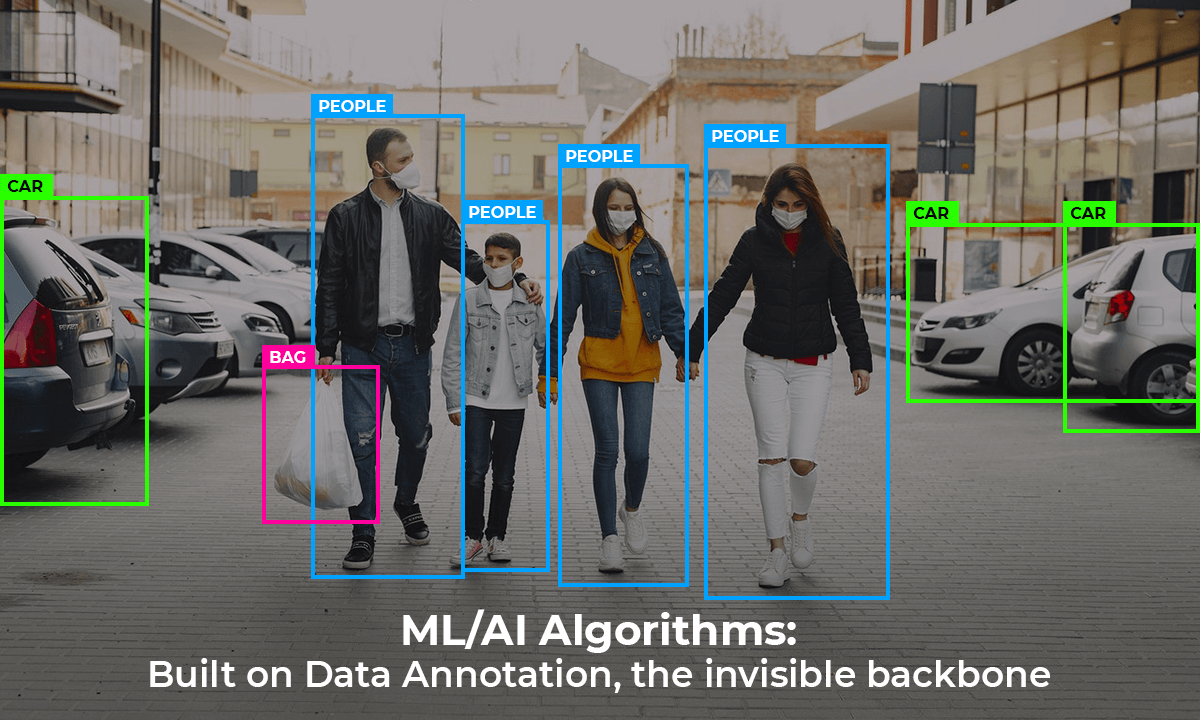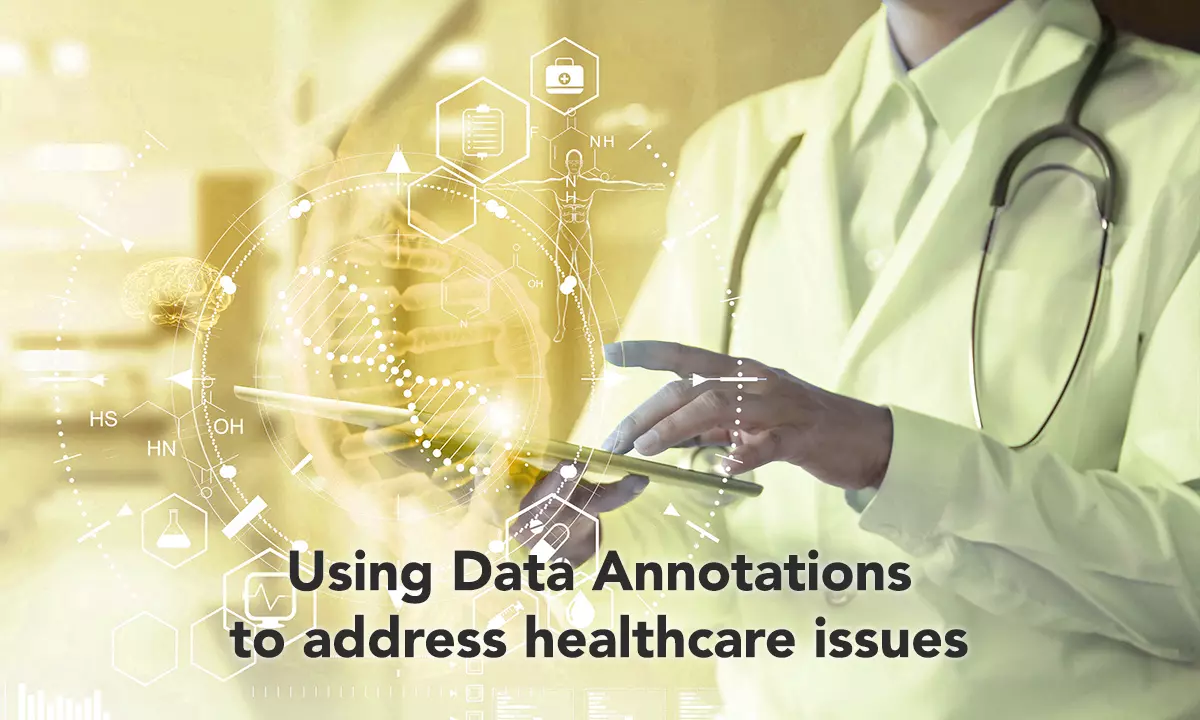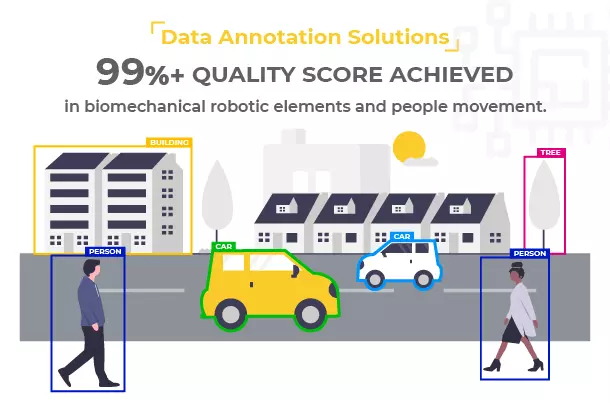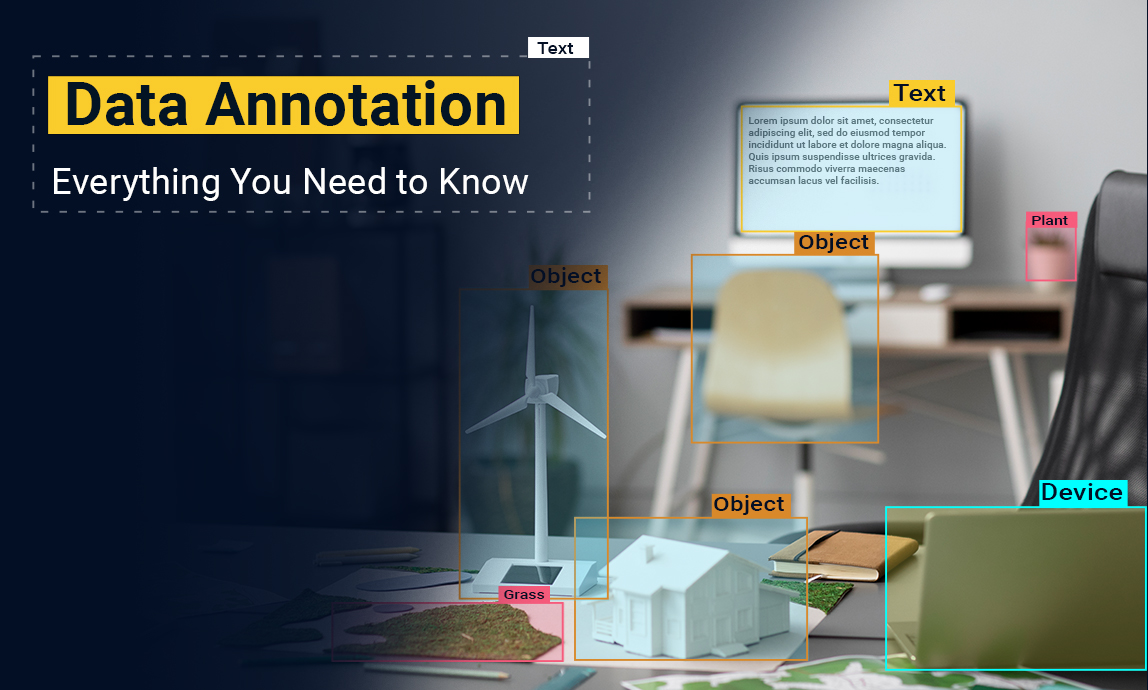
Data annotation is a crucial aspect of machine learning and artificial intelligence. It involves the process of labeling data to make it usable for algorithms. In other words, data annotation is the practice of adding metadata, tags, or labels to data to make it easier for machines to process and learn from it.
Over the years, data annotation has become more sophisticated and efficient with the advent of new technologies such as AI data labeling and data annotation platforms.
Growth of data annotation
Data annotation has grown exponentially over the years, driven by the growth of AI and machine learning technologies. According to a report by MarketsandMarkets, the global data annotation market is expected to grow from USD 1.6 billion in 2020 to USD 5.8 billion by 2025, at a CAGR of 29.3% during the forecast period.
One reason for this growth is the increasing demand for high-quality labeled data for AI and machine learning projects. Labeled data is critical for training algorithms and ensuring their accuracy and reliability. As more companies and organizations adopt AI and machine learning technologies, the demand for high-quality labeled data will only continue to grow.
Why data annotation matters?
Data annotation is essential for AI and machine learning projects. High-quality labeled data helps algorithms learn and make predictions accurately and reliably. Without proper data annotation, algorithms may produce unreliable results or even fail to function at all.
In addition to improving the accuracy of AI and machine learning algorithms, data annotation also helps companies and organizations make better-informed decisions. For example, data annotation can be used to analyze customer feedback or sentiment, which can provide valuable insights for improving products or services.
For example, in healthcare, accurate data annotation is critical for training algorithms that can detect and diagnose diseases. In finance, data annotation can be used to identify fraudulent transactions or predict stock prices.
Different types of data annotation
Image Annotation:
Image annotation involves the labeling of specific objects, shapes, or colors within an image. This type of annotation is widely used in computer vision applications such as object detection, segmentation, and recognition. Image annotation can be used to identify specific objects in an image, such as cars, buildings, or people.
It involves - bounding box annotation, polygon annotation, semantic segmentation, and instance segmentation.
Text Annotation:
Text annotation involves tagging words or phrases with their corresponding parts of speech or sentiment. This type of annotation is widely used in natural language processing applications such as sentiment analysis, named entity recognition, and machine translation. Text annotation can be used to identify specific entities in a text, such as names, locations, or dates.
It involves - named entity recognition, part-of-speech tagging, and sentiment analysis.
Audio Annotation:
Audio annotation involves labeling speech data with text or identifying specific sounds within an audio file. This type of annotation is widely used in speech recognition and voice-based applications. Audio annotation can be used to transcribe speech into text, identify specific sounds in an audio file, or annotate audio data with metadata such as speaker identification.
It involves - speech-to-text transcription, speaker identification, and sound classification.
Video Annotation:
Video annotation involves labeling specific objects or actions within a video file. This type of annotation is widely used in video surveillance, autonomous driving, and action recognition applications. Video annotation can be used to identify specific objects or actions in a video file, such as people, vehicles, or movements.
It involves - object tracking, action recognition, and event detection.
Sensor Data Annotation:
Sensor data annotation involves tagging data from sensors, such as GPS or accelerometer data. This type of annotation is widely used in IoT applications, such as smart cities, healthcare, and logistics. Sensor data annotation can be used to identify specific events or patterns in sensor data, such as anomalies or trends.
It involves - geolocation annotation, anomaly detection, and trend analysis.
Best practices of Data Annotation
Define clear annotation guidelines: It is important to establish clear annotation guidelines to ensure consistency and accuracy in the annotation process. The guidelines should cover what needs to be annotated, how to annotate, and any rules or standards for annotation.
Train Annotators: Annotation can be subjective, and it is important to train annotators to ensure they understand the annotation guidelines and are consistent in their annotations. Annotators should also be given feedback and corrections to help them improve.
Use multiple Annotators: Using multiple annotators can help to reduce bias and errors in the annotations. Annotators should be chosen based on their expertise and knowledge in the domain.
Validate annotations: Validating annotations involves checking the accuracy and consistency of annotations. This can be done by having multiple annotators annotate the same data and comparing their annotations.
Use annotation tools: Annotation tools can help to streamline the annotation process and improve consistency. There are many tools available that can be customized to fit specific annotation needs.
Review and improve: It is important to regularly review the annotation guidelines and process to identify areas for improvement. This can help to ensure that the annotations are accurate and consistent over time.
By following these best practices, data annotation can be done more efficiently and accurately, resulting in high-quality data that can be used to train machine learning models.
With over 13 years of experience in data management and annotation, FiveS Digital offers a comprehensive solution combining technologies and humans-in-the-loop to deliver high-quality data annotation. Our annotation services cover text, image, audio, and video data, providing the confidence you need to deploy your AI and ML models at scale. Our platform and managed service team are available to help you meet your data annotation needs and support you in deploying and maintaining your AI and ML projects. Talk to our team today!
